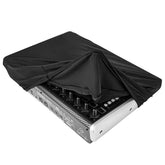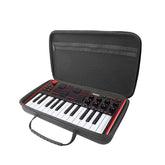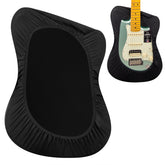Mastering Metronomes: Understanding, Benefits, and Techniques
I. Definition and Types of Metronomes
A metronome is a mechanical, electric, or electronic device capable of producing a stable beat at various speeds. It is an instrument that uses the isochronism of a pendulum to control the beat sound for timing purposes.
Metronomes can generally be categorized into three types:
1. Electronic metronomes

2. Mechanical metronomes

3. Human voice (vocal) metronomes

II. Why Use a Metronome?
1. The primary function of a metronome is to establish tempo, enabling us to enhance our sense of rhythm during performance.
2. Using a metronome helps identify rhythmical gaps and areas prone to mistakes during playing.
3. Metronomes aid piano students in improving concentration during practice sessions. When a child becomes distracted while practicing, the ticking sound of the metronome serves as a timely reminder to focus attention, which is highly beneficial for piano learning.

III. Tips for Using a Metronome
1. Beginners should use metronomes moderately to avoid dependency, as excessive reliance may lead to mechanical playing, which is detrimental to musical expression.
2. Once a piece's rhythm is mastered with the assistance of a metronome, it is advisable to cease its use and count beats independently. If rhythm instability persists, the metronome can be reintroduced for further practice. This approach aims to cultivate the ability to play rhythmically accurately without relying solely on a metronome.
3. Not all musical pieces are suitable for metronome practice. Generally, metronomes are commonly used for exercises such as scales, arpeggios, ensemble or concerto pieces with clearly defined beats, whereas pieces characterized by lyricism, romanticism, impressionism, or those with irregular or changing rhythms are less suitable for metronome practice.







